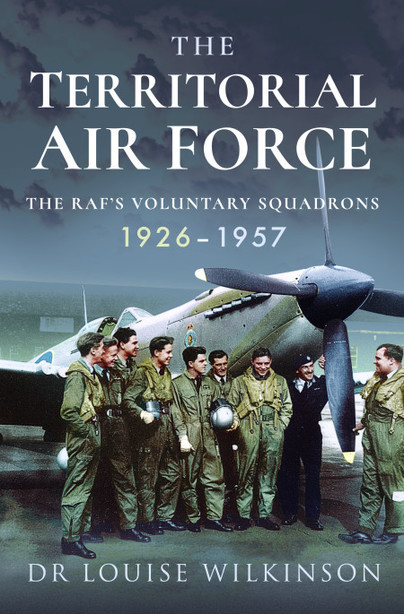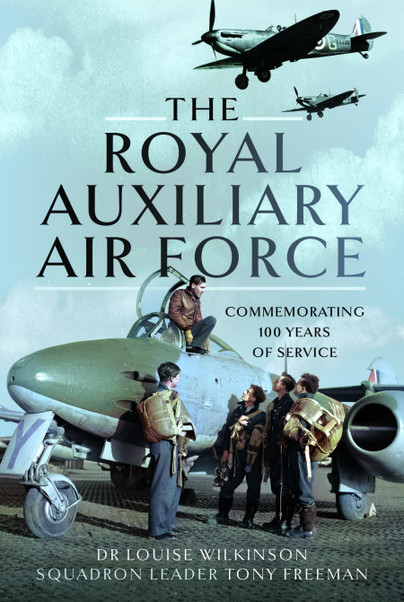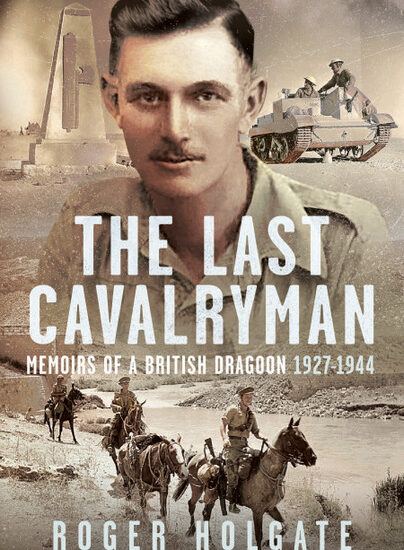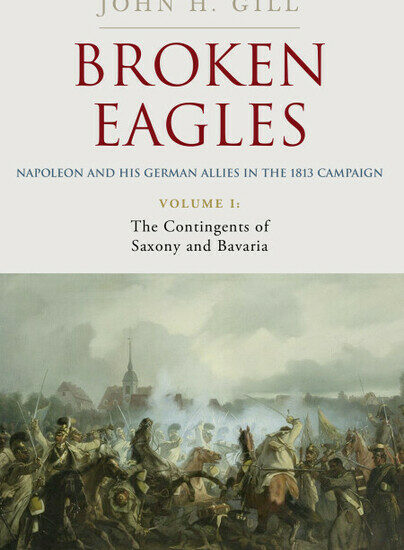Author Guest Post: Louise Wilkinson
The Royal Auxiliary Air Force. Commemorating 100 Years of Service.

Over the last few weeks, I have been asked on several occasions how this new book is different from my other book, the Territorial Air Force. It is a good question, since both books are about the reserve forces of the Royal Air Force. The first book, the Territorial Air Force provides a history of the Royal Auxiliary Air Force, the Special Reserve and the Royal Air Force Volunteer Reserve. It focuses primarily on the flying personnel, and in particular, the officers. It presents detailed research on the backgrounds of these officers in terms of education, sport, occupations and family backgrounds. The book is the culmination of my PhD research.

The new book, on the other hand, is only concerned with the Auxiliary Air Force, formed in 1924 and given its royal prefix in 1946, it has served the United Kingdom for 100 years in times of peace and war. This book has been co-written with Squadron Leader Tony Freeman and it presents information on the many kinds of reserve squadrons within the Auxiliary Air Force across the whole of the country. Tony is a retired squadron leader who served within the Royal Auxiliary Air Force and is now the historian of the Royal Auxiliary Air Force Foundation, an organisation which seeks to promote the service across the country. This is a vital role because many people are aware of the Territorial Army, but not the RAF equivalent and the important work which is carried out on a day-to-day basis by these voluntary personnel. The book looks at all the different kinds of squadron which make up the RAuxAF, for example, the flying squadrons, the Women’s Auxiliary Air Force, the RAF Regiment squadrons, the Radar Reporting Units, Fighter Control Units, Maritime squadrons, and specialist squadrons. It details the reasoning behind their formation, and the vital roles that they have played throughout their one-hundred-year history. It describes the important role that the AAF played in both the Battle of Britain and the Second World War, providing statistical data and including detailed research on the individual squadrons and personnel taking into account all of the AAF aircrew who flew between 10th July and 31st October 1940. The book also features a timeline of the development of the Auxiliary Air Force and a Roll of Honour.

Throughout my research for the book, I have become particularly interested in the Women’s Auxiliary Air Force and its colourful history. Also, as a collector of Second World War and Auxiliary Air Force ephemera I have been lucky enough to purchase many original documents including recruitment advertisements, tongue in cheek literature, such as Squadron Leader Vernon Noble’s “Girls – You Amaze Me!” (1943) pictured above.

“The Book of the WAAF published in 1942 is “A Practical Guide to the Women’s Branch of the RAF” and follows the same format as the ABC of the RAF which was originally published in 1941 and sold over 350,000 copies before being updated in February 1942.
I am debating whether to start work on another book about the Women’s Auxiliary Air Force. There does not seem to be any books which combine the history of the organisation with the individual stories of service women. What do you all think?
View books by Dr Louise Wilkinson here.

